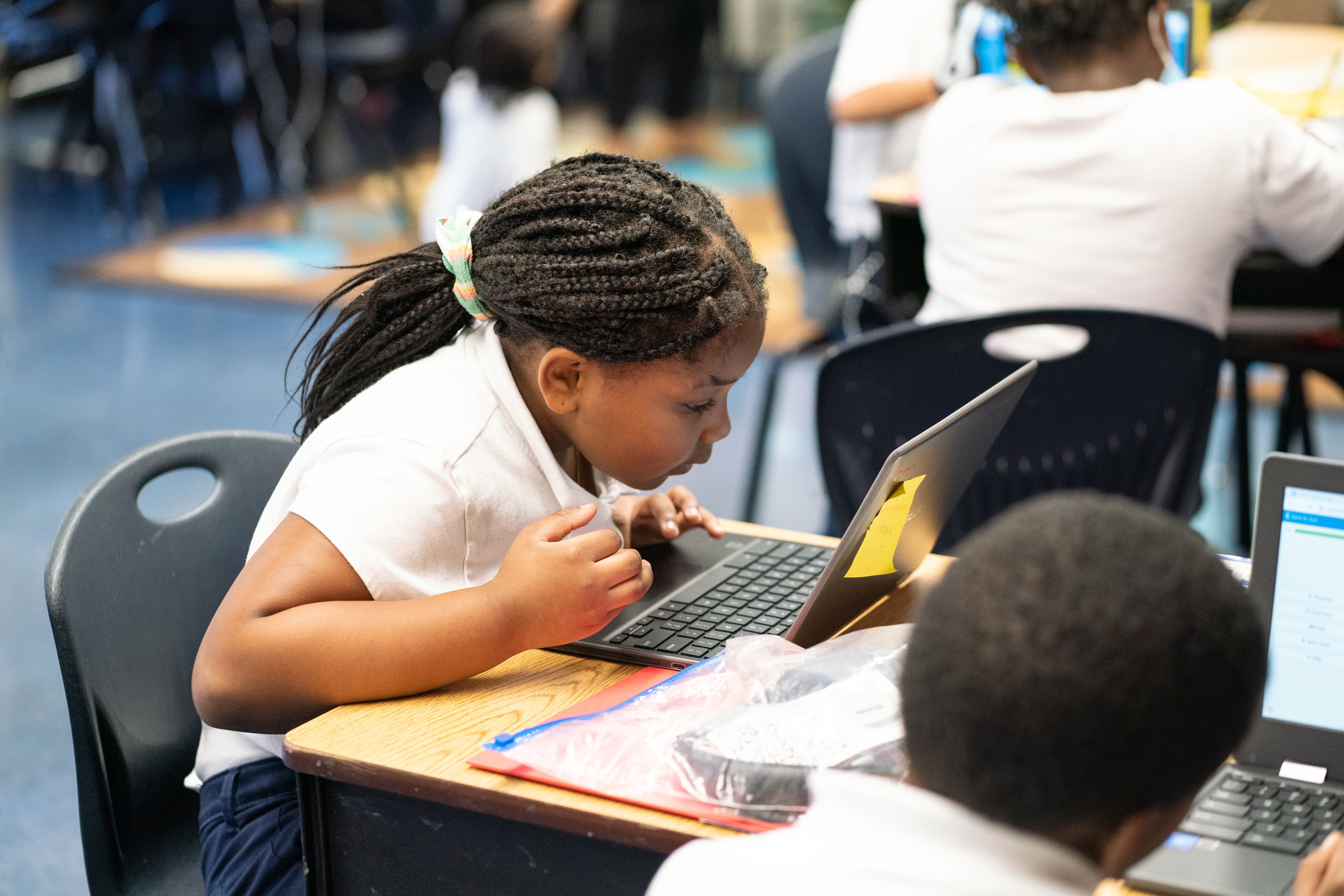Six years after Illinois overhauled how the state funds K-12 public schools, a new report has found that the evidence-based funding formula is working as intended to reduce funding gaps.
The formula has increased funding to public schools over the last five years by $1.6 billion, with 99% going to historically underfunded districts, found a report by the Center for Tax and Budget Accountability — one of the key architects of the formula. The additional money is helping close funding gaps between wealthier districts and underfunded districts and increase funding for districts serving more students of color and students from low-income families, which was the goal of the law passed in 2017 that created the new formula.
That formula calculates a target funding level for every district based on the characteristics of the students they serve. For example, districts get additional money for English language learners, which can be used to hire bilingual teachers. The goal was to get each district “adequately funded” by 2027.
The evidence-funding formula distributes funding based on tiers, which determine the level of need for state funding. Tiers one and two receive a larger share of state funding, while tiers three and four receive a smaller amount of state funding, Local property tax revenue and the number of students from low-income families attending the district can impact the tier a district is in and the amount of funding it will receive in the next fiscal year.
Every year, a complex calculation is run to determine how much state money a school district will get. Last year, Chicago Public Schools unexpectedly got less state money than it anticipated under the evidence-based formula. That was partly due to an increase in local property tax revenue, a drop in enrollment, and a dip in low-income students.
When the evidence-based funding formula started in fiscal year 2018, 657 of the state’s 852 districts, or 77%, were underfunded. In six years since, the number of underfunded districts has declined to 597, or 70%, according to the report.
The report found that when the formula overhauled the state’s education funds in 2018, Black students and Latino students received more funding per pupil — decreasing the racial funding gap between white students and students of color.
The change in the state’s funding formula has improved funding for schools across the state. The average annual per pupil distribution of new funding made to districts located in Downstate Illinois was $183, the highest for any region across the state.
Despite gains from evidence-based funding, the formula is still underfunded, said report author Allison Flanagan.
“The next step for the state is to increase the amount of new funding that goes into the formula,” Flanagan told Chalkbeat. “It’s unlikely that they’re going to get full funding by the statute limit at the end of fiscal year 2027. Increasing funding to $550 million each year is going to help get us there sooner.”
The report does not include an analysis of student academic achievements based on state funding because it takes about 10 years to see the impact of long-term policy changes, Flanagan said. However, she noted that if the state fully funds the formula faster, the impact on students may become clearer.
Since 2018, the state has added new funding into the formula every year, except in 2021 when the coronavirus pandemic rattled the state’s economy and Gov, J.B. Pritzker decided to keep the education budget flat. At the current rate of funding, it could take until fiscal year 2038 before the formula is fully funded, according to the Center on Tax and Budget Accountability’s press release.
A House bill currently in committee in the Illinois general assembly would require the minimum funding to be $550 million instead of $350 million.
Samantha Smylie is the state education reporter for Chalkbeat Chicago, covering school districts across the state, legislation, special education, and the state board of education. Contact Samantha at ssmylie@chalkbeat.org.








